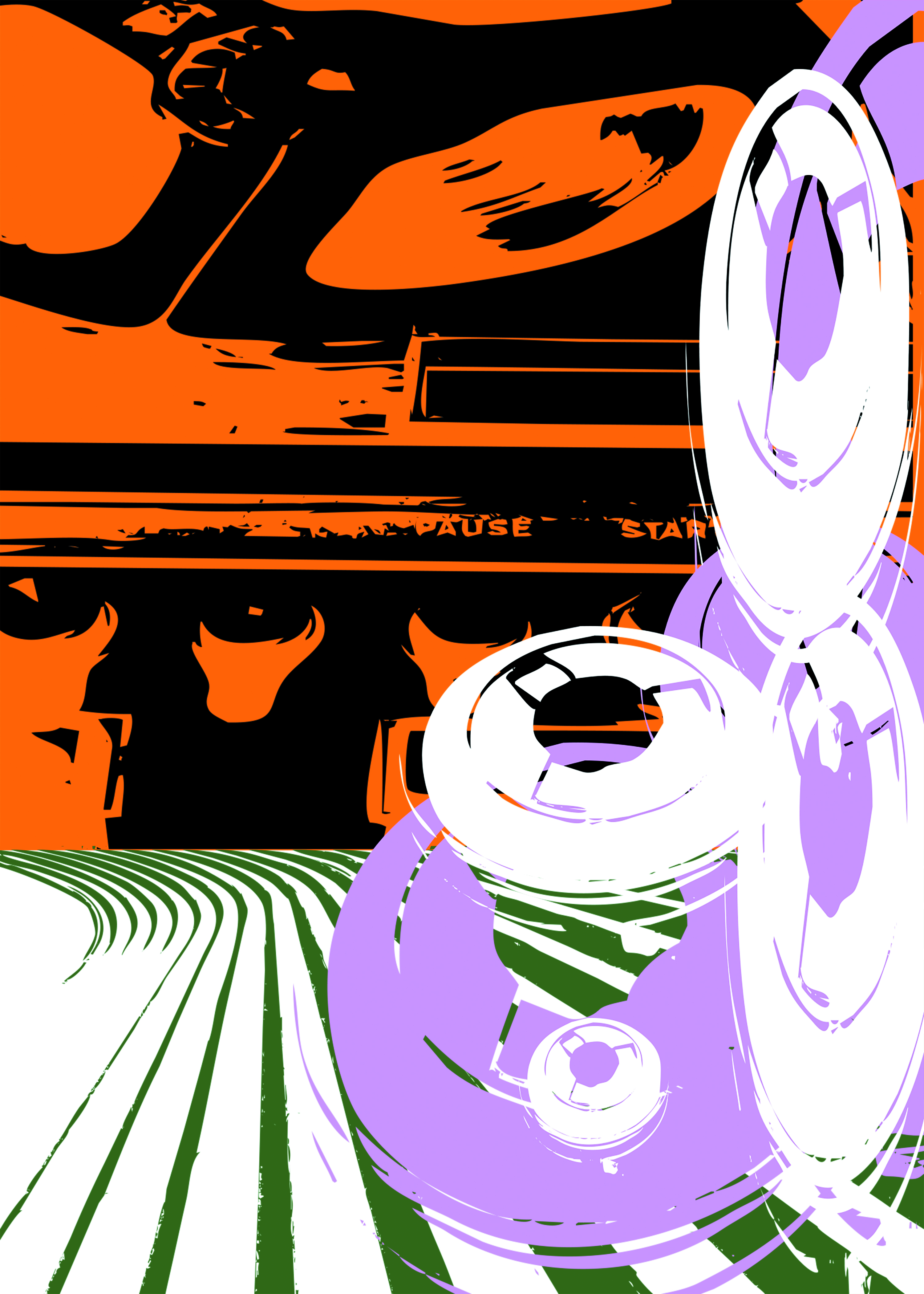With the Hornet, Useful Arts had a mission: In 2018, the company's founder, Peter Swann, teased that a yet-to-be-named solid-state mic pre/DI “small enough to throw in a backpack” would arrive, with hopes to “make great sound accessible to everyone.”
As promised, the one channel Hornet is smaller than many preamps; it could be mistaken for a stompbox! The top of the good-looking, dark blue metal case has inputs and outputs for XLR and 1/4-inch, draws power from a clearly labeled Useful Arts 48V power pack (a small but significant detail for those of us with a box of unlabeled, anonymous power sources), and includes four adapters for use in outlets all around the world. The faceplate has two shiny red knobs ("color" and “gain,” each with ten detents), and between these knobs are two buttons used to activate phantom power and switch to DI input. All four sit below a very reactive, helpful ten LED level meter.
Recording DI on bass guitar, the Hornet provided clarity and pop without the muddying of the middle or low end of the instrument, and provided guts without overloading the channel. Rolling back my instrument’s tone knob and increasing the color and gain, the Hornet helped paint a round, nicely-textured purr.
On electric guitar, I found it useful to turn up the color for lower-octave rhythm playing. In this way, the guitar fit into the midrange of a mix without an intrusive clang. On leads, dialing in higher color added clarity and sheen. Squiggly, busy, midrange guitar lines are a solid fit for the Hornet, as it fattens parts and doesn’t leave holes in the sonics. I enjoyed the Hornet most when minimizing the high end frequencies my guitars naturally provide, setting the gain to 7 or more and turning the color to 10. The result was a fun way to add additional noise and texture to a soundscape without having to sift through plug-ins or outboard effects.
Using the Hornet with a mic brought an unexpected richness to my voice. Adding color pushed the saturation to the point of distortion, but not in a way that felt overdone. Gently balancing color and gain while hitting different vocal areas magnified the definition of lower octaves and infused excited energy to mid and upper range lines, especially those that you reach down and belt out. If you have been recording vocals without an outboard preamp, the addition of the Hornet imbues warmth to whispers and a sizzle to your screams.
The Hornet is a useful complement to the now-ubiquitous, USB-powered desktop interfaces, many of which lack a high performing preamp/DI. It fills a market gap for home recordists who are often priced out of solutions for improving their sound without complete budget meltdowns, bringing premium sound to a group of recordists that are not yet in the market for high-end preamps.




_disp_horizontal_bw.jpg)